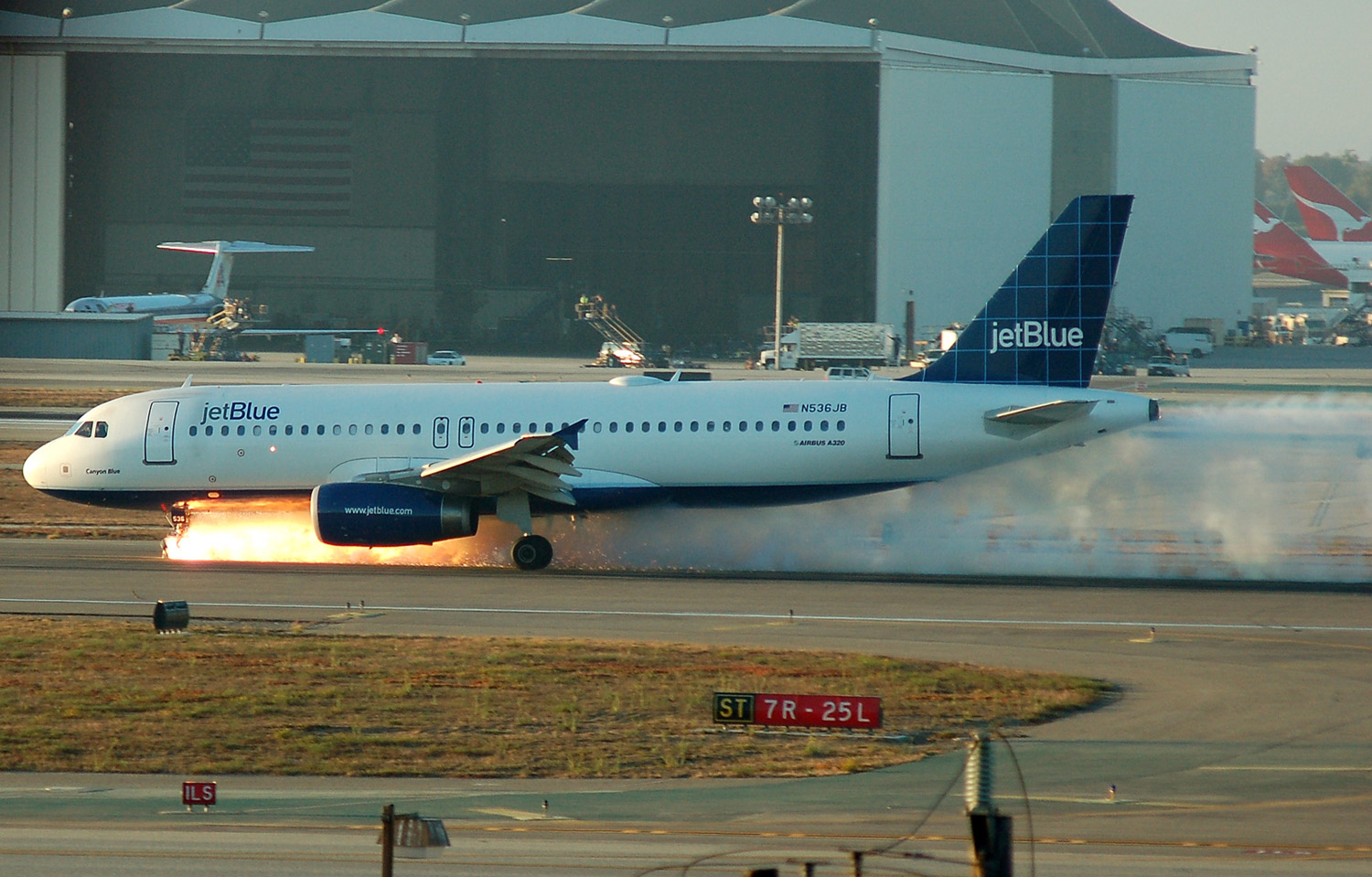
Emergency Landings: A Guide to Understanding and Surviving
Read Time:3 Minute, 12 Second
What is an Emergency Landing?
An emergency Landing is a process whereby an Aircraft descends and lands in an unplanned way on account of some emergency. This could be due to different causes including; engine flame out, dropping cabin pressure, bird attacks, and any other health complications.
Steps Involved in an Emergency Landing
- Identification of the Problem: They will first understand the type of emergency they are dealing with and report to the air traffic control.
- Declaration of Emergency: The pilots will then invoke an emergency, and this normally involves making a call using a special word e.g. ‘squawk 7700’.
- Prioritizing Landing: The air traffic control will most definitely give preference to the emergency landing. By making all the other vessels on the runway get out of the way.
- Emergency Landing Procedures: The pilots will then proceed to perform checklists. These are associated with emergency landing; some of them being;
- Checklists: Review checklists to ensure all necessary actions are taken.
- Landing Gear: Deploying the landing gear, flaps, and spoilers as needed.
- Engine Management: Managing engine power to maintain control.
- Communication: Maintaining constant communication with air traffic control.
- Landing: The plane will set down on the mentioned runway and the touchdown will happen commonly at a faster pace than a normal speed of landing.
- Emergency Services: Emergency vehicles including the fire department trucks and medical crews are likely to be on standby in case of an incident.
Types of Emergency Landings
- Forced Landing: A time when an aircraft is unable to proceed with further flying. Because of some serious mechanical or electrical problem. The pilot has no option but to make an emergency landing.
- Precautionary Landing: When a potential problem is identified and in case the pilots decide to land as a way of preventing a major disaster.
- Belly Landing: A Controlled landing where an aircraft comes down with no lower gear retraction.
Surviving an Emergency Landing
- Follow Instructions: Compliance with the information provided by the flight crew and their actions must be unconditional.
- Brace for Impact: Before a heavy landing preparation for impact is done in. What is known as the brace position when the aircraft is about to land?
- Stay Calm: You cannot handle things in the right way that is why, panic is very unfavourable. It is preferable for you to try and stay calm and to try even harder to concentrate.
- Evacuation: In case there is a need to do so, proceed to heed the directions given by the flight crew when evacuating the aircraft.
Frequently Asked Questions (FAQs) about Emergency Landings
- How frequently do they happen or how often does this happen? This only comes up more often in emergencies. Although emergency landings are rather rare circumstances that may be caused by several reasons.
- Are emergency landings dangerous? It is a well-known fact. That emergency landings often pose a threat to the lives of passengers. However, contemporary planes are manufactured in a way that they are capable to withstand such landings. One of the factors is the ability of the pilots with an emphasis on the sufficient training needed.
- There is often a lot of confusion as to what occurs after an emergency landing has been made. In case a plane makes a forced landing. It has to undergo a check by the engineering team to diagnose the problem and fix it. Accommodation may be offered to passengers or compensation for other means of transport may be availed.
Conclusion
These are very delicate situations and remain a very hard task not only for pilots but also for everyone on board. Knowing procedures, types of emergency landing, and or basic facts on how to survive makes feel less helpless if ever it becomes your reality someday. As with everything in life, people aboard the plane must always be prioritized especially during an emergency landing.


Average Rating